Regenerative skincare is a very exciting new area of medicine and a fascinating topic. It’s newer, and it’s hotter!
It is about regrowing your own tissues and stimulating your body to produce what’s been lost.
We know that after age 25, we start breaking down more collagen than we produce. We go into this deficit, and the effects usually don’t show up until closer to 10 years afterward, so that’s why many people in their 30s start noticing that their faces are starting to change. Then even more so for women after hitting menopause. Instead of directly replacing hyaluronic acid with a filler or doing fat transfer to replace the fat pads, regenerative skincare stimulates your body to produce what is missing or has been slowing down. So the question is:
Can regenerative treatments actually make tissue skin appearance more youthful and regenerated?
That’s what we’re starting to see. We are always cautious when speaking in absolutes when we know we’ve got significant data behind it. This is definitely its early days in the field, but we’ve been very impressed with the use of regenerative medicine. We’ve seen changes in our own skin, and if we look at the fundamentals, it makes sense that it would help to renew and rejuvenate.
It’s also a step towards anti-aging medicine; regenerative medicine aims to get our cells to function more efficiently. The purpose is to get them to work as well as they used to when they were the cells of a baby or the cells of a very young person.
This is very exciting technology because it’s truly regenerating. There are a couple sources for regenerative medicine, including your own tissue, not your own tissue, but still biologic, and finally, not your own tissue and non-biologic.
If we are talking about using our own tissue as a medicine, here we need to explain stem cells and platelet rich plasma.
In the name of full transparency, please note that this post contains affiliate links and any purchase made through such links will result in a small commission for us.
Let’s continue with stem cells. What are they exactly, and how are they related to regenerative medicine?
Stem cells are what we like to call great-great-grandfather cells. If you give them the right environment, the right recipe, and the right chemicals, a stem cell can turn into a skin cell, muscle cell, bone cell, or whatever your tissue needs. Stem cells are used to promote the regeneration of cells, repair damaged cells, and reduce the signs of aging.
What is PRP?
Platelet-rich plasma (PRP) is a regenerative filler agent found in our blood. This layer of blood is rich in growth factors and helps rejuvenate the skin by promoting collagen production, improving skin elasticity, and reducing the appearance of wrinkles. We are still in the early stages of the studies, but we’re seeing more and more use of PRP.
It’s harvesting the power of your own tissues in a concentrated fashion and then injecting or applying them to injured skin in a controlled way. PRP is great; it is not autogenous yet, but the source is our blood.
Exosomes are a very hot topic in regenerative skincare. What are they, and how do we use them?
Exosomes are cellular components; these are tiny vesicles that look like little sacs with a little membrane around them, and they are produced by cells in our body. They act as messengers with little bags between cells. These are nanosized particles, which is great because it means that they penetrate tissue really really well, and they carry not only growth factors like PRPs but proteins and lipids and such as ribonucleic acid. This is how cells communicate with each other, so it makes sense that you could choose exosomes that are going to stimulate the production of collagen or elastin in the skin.
Conclusion
These are the hot topics and keywords we always think about. However, there are so many more components to promoting healthy skin. Since these come from living tissues, humans, we know that we can enhance communication, which is crucial for skin repair and regeneration.
Regenerative skincare innovation products accelerate the natural healing processes of the skin; when we look at anti-aging products in this field, they reduce inflammation, can produce collagen production, and encourage the rejuvenation of skin cells, and all of those contribute to a more youthful appearance.

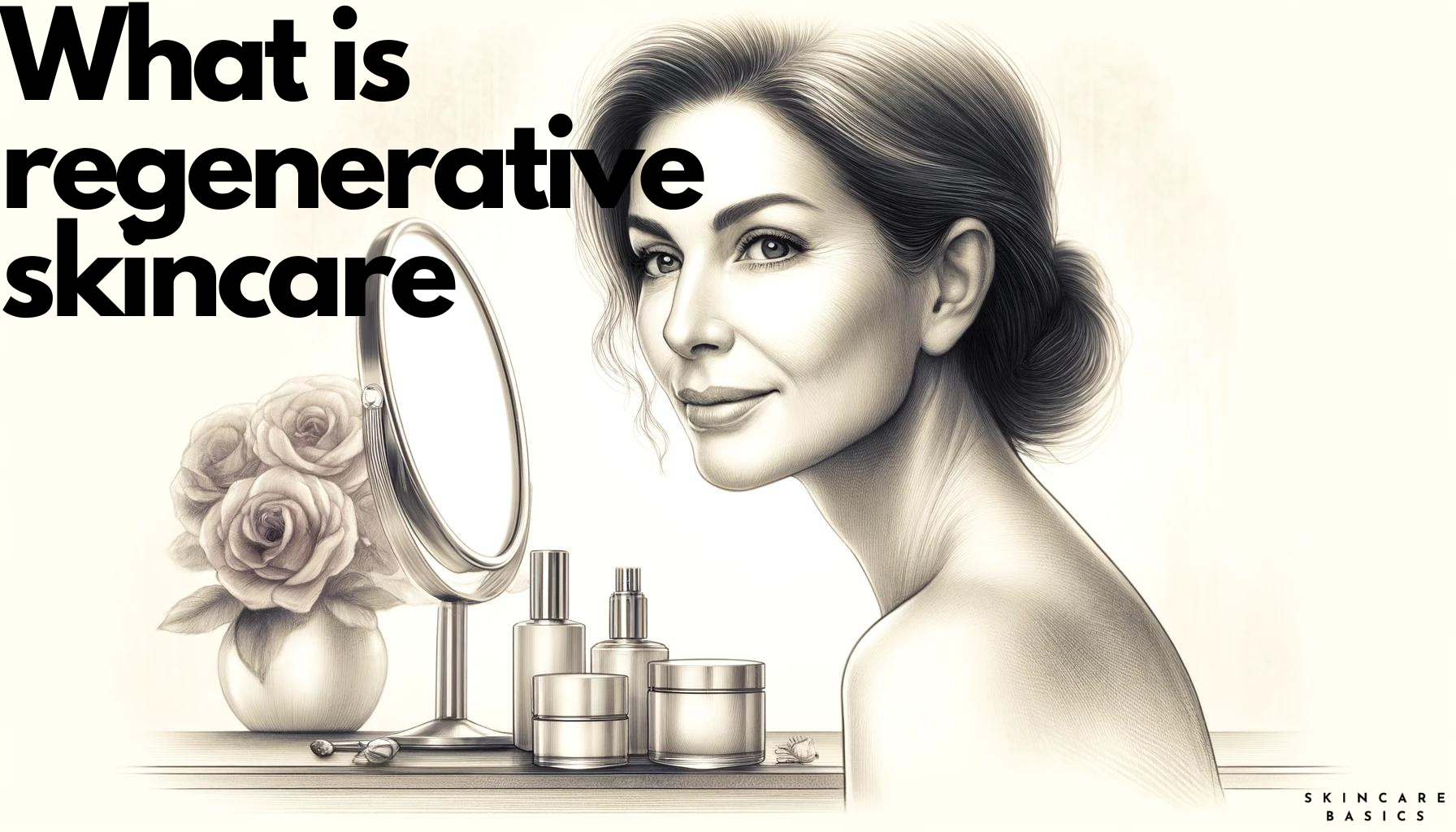


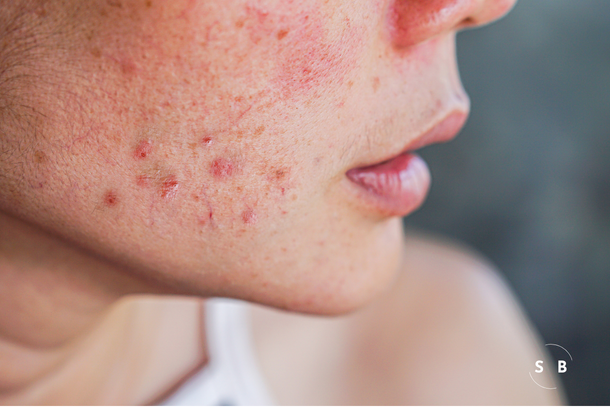
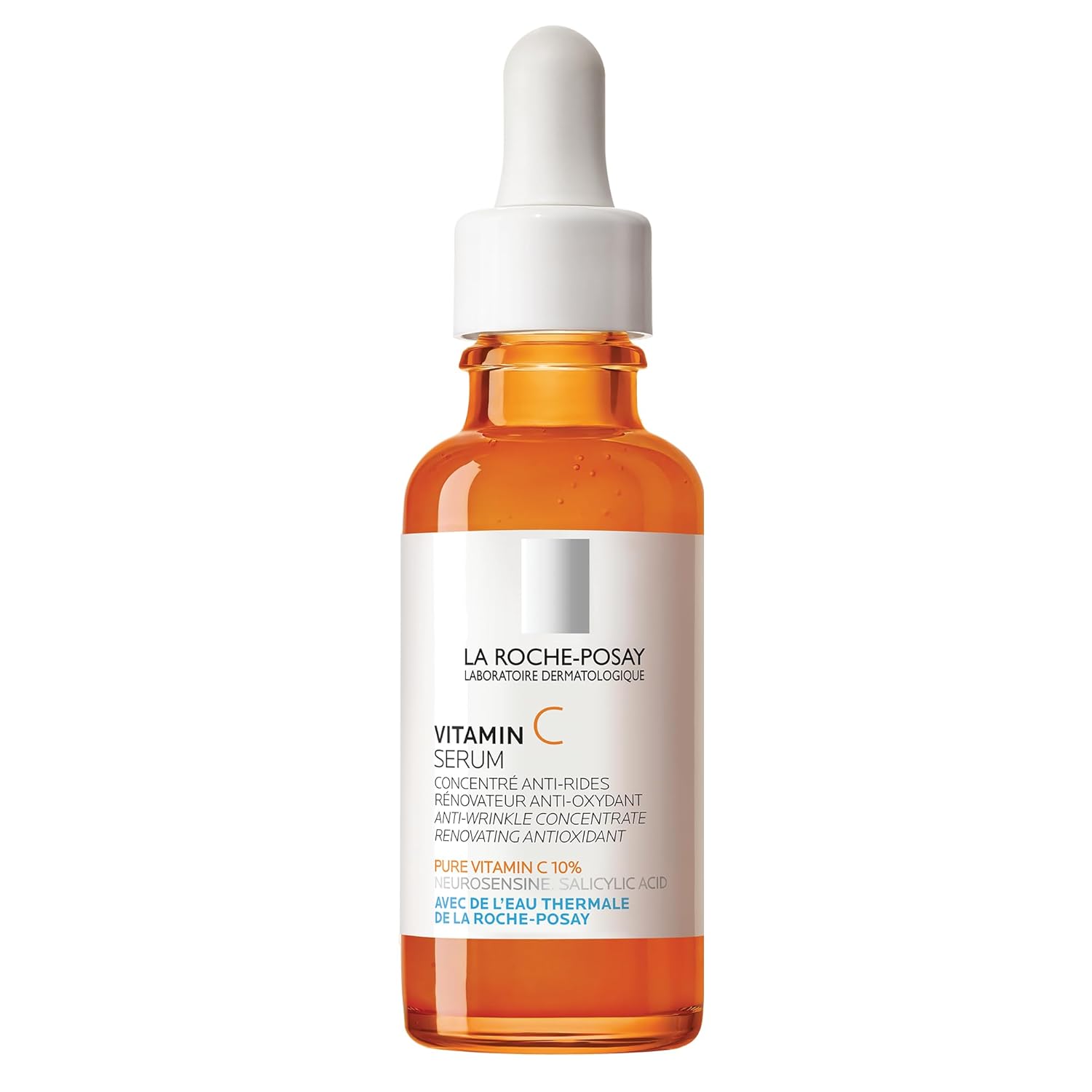
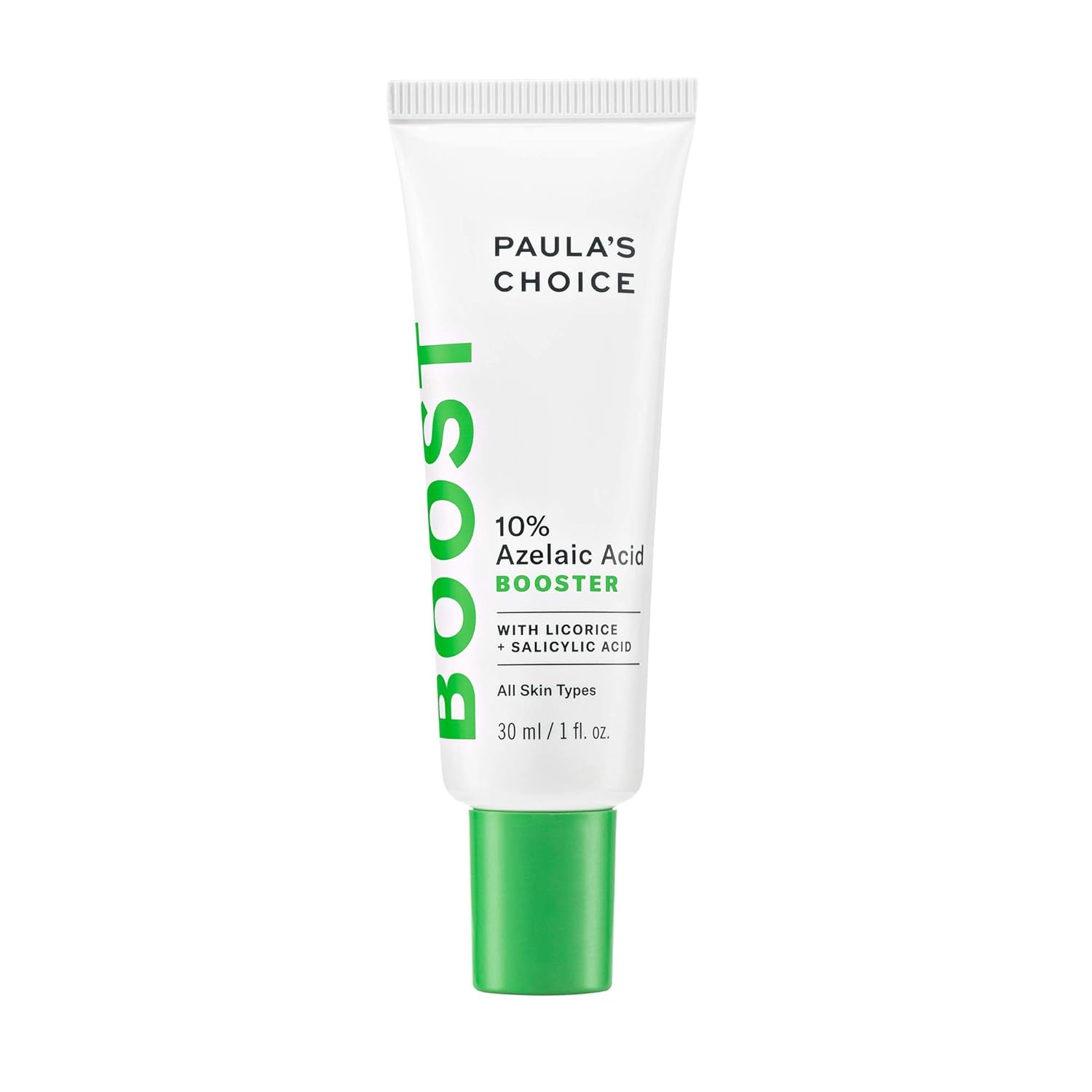
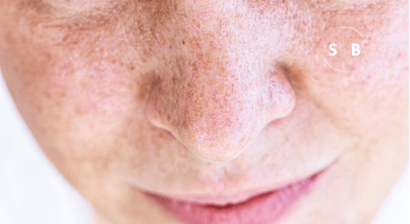
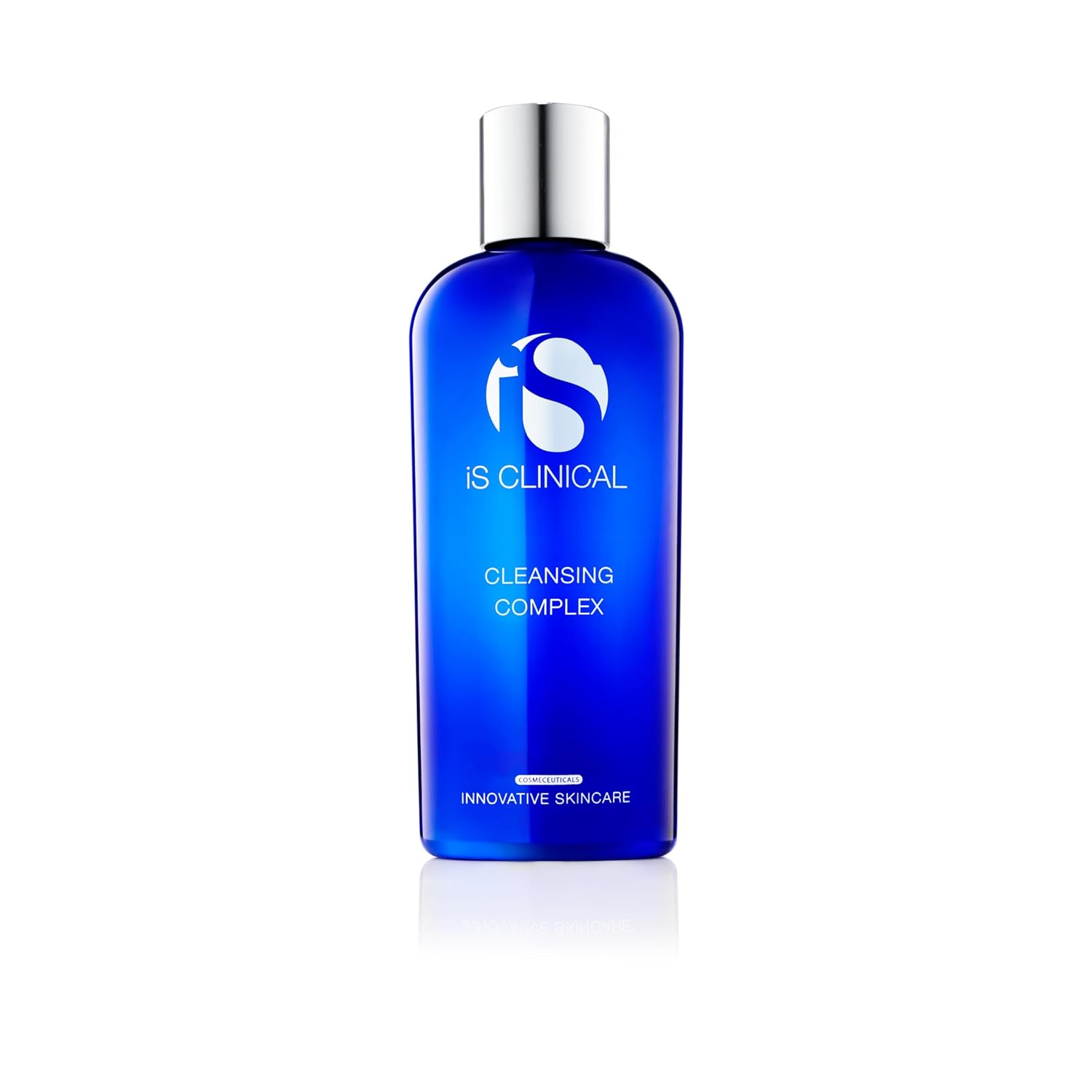
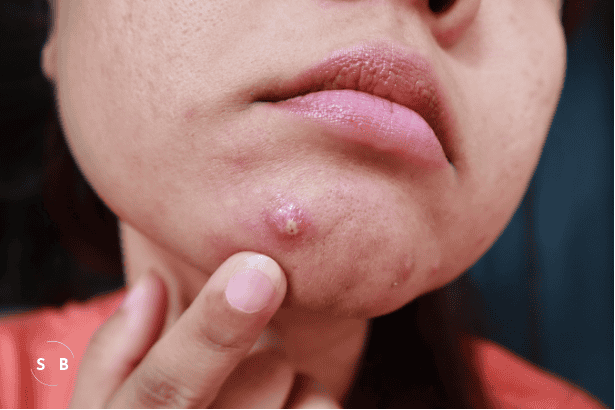
Leave a Reply